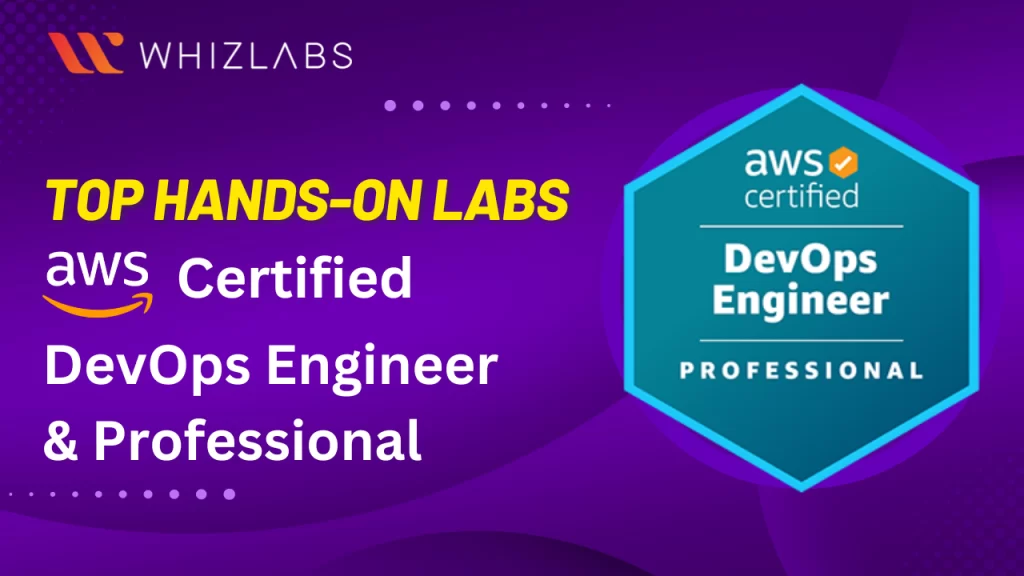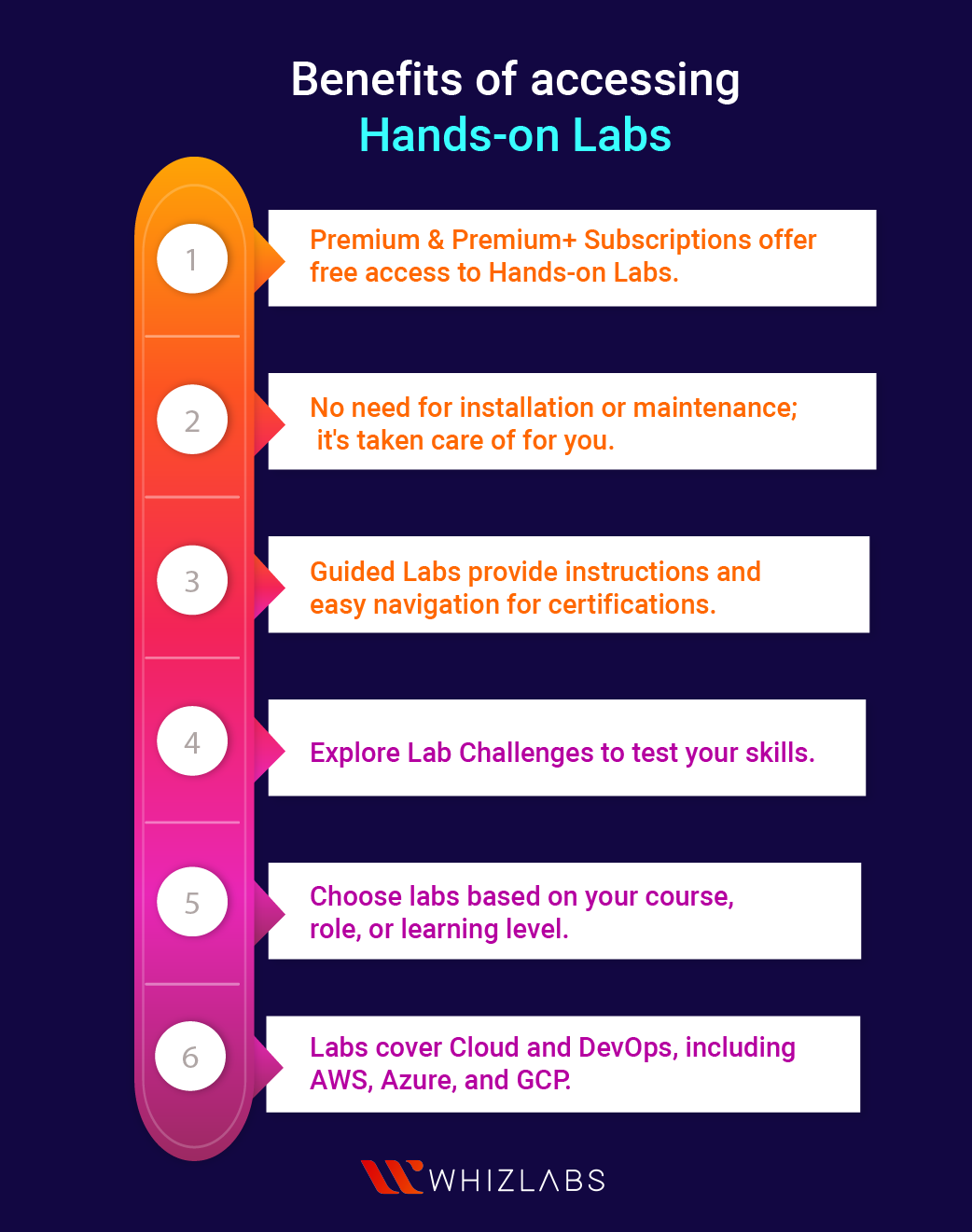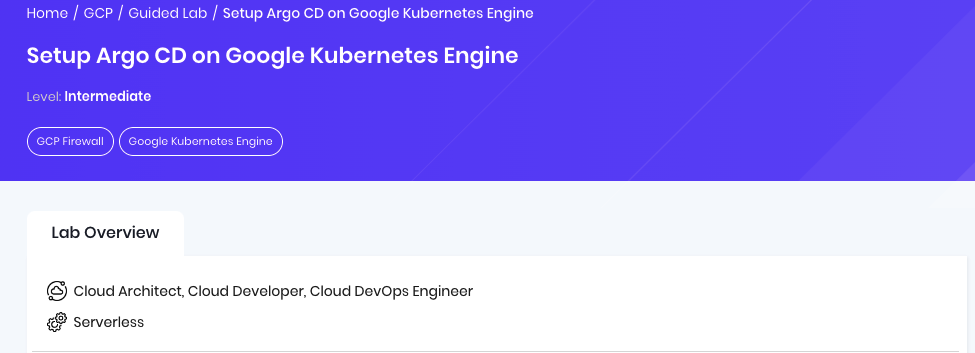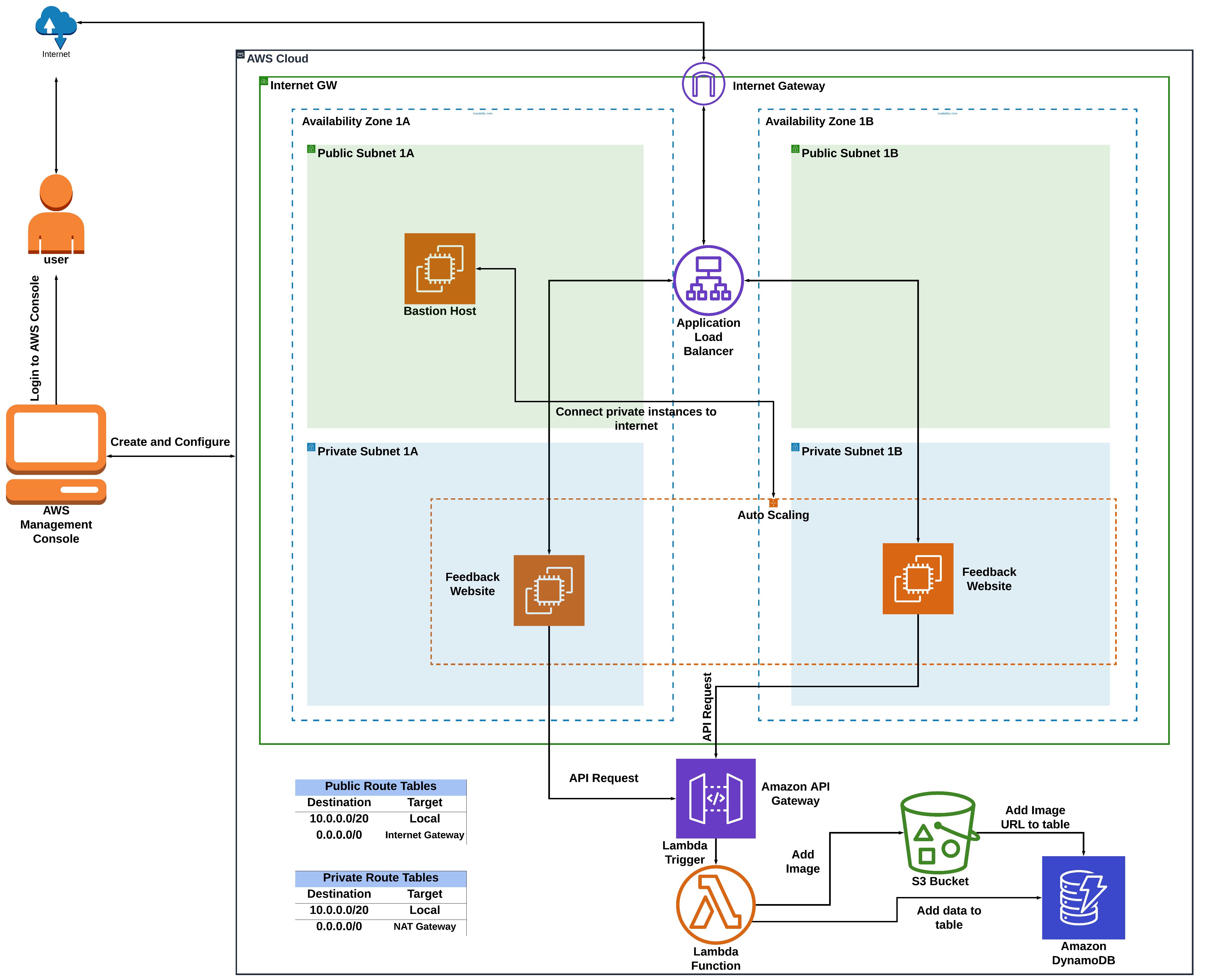The AWS Certified DevOps Engineer Professional exam is a sought-after IT certification in the cloud computing field and is highly regarded by leading recruiters. However, simply pursuing this certification isn’t enough. Remarkably, AWS Certified DevOps Engineer Professional hands-on labs offer the most effective way to solidify your expertise and delve deeper into the infrastructure. They bridge the gap between theory and real-world practice, enabling you to implement solutions successfully.
This blog discusses the top AWS Certified DevOps Engineer Professional hands-on labs to provide you with comprehensive preparation for the certification exam.
Before delving into lab details, let’s first take a quick look at the certification overview.
About AWS Certified DevOps Engineer Professional Certification
AWS Certified DevOps Engineer Professional DOP–C02 Certification is an advanced-level certification designed for individuals who have already successfully completed the AWS SysOps Administrator Associate and AWS Developer Associate certifications. While there are no strict prerequisites for AWS certifications, it is advisable to follow a structured learning path.
AWS DevOps certification acknowledges a candidate’s technical competence and expertise in provisioning, operating, and overseeing distributed application systems on the AWS platform.
The AWS Certified DevOps Engineer Professional exam assesses the candidate’s proficiency in the following areas:
- Implementing and automating governance processes, security controls, and compliance validation.
- Deploying and managing continuous delivery methodologies and systems on the AWS platform.
- Creating highly available, reliable, scalable, secure, and resilient systems on AWS.
- Designing, maintaining, and administering tools for automating operational processes.
- Defining and implementing metrics, monitoring, and logging systems on the AWS platform.
Also Read : 25 Free Questions on AWS Certified DevOps Engineer Professional Exam
Top AWS Certified DevOps Engineer Professional Hands-on Labs
AWS DevOps Engineer Professional hands-on labs are interactive AWS environments accessible through web browsers, designed to provide practical experience and enhance your understanding of topics featured in the DevOps Engineer Professional certification (DOP-C02) exam.
AWS Certified DevOps Engineer Professional hands-on labsserve as a vital resource for honing your abilities to address real-world challenges, enabling you to find effective solutions for intricate AWS issues specific to the DevOps domain.
Benefits of accessing AWS Certified DevOps Engineer Professional hands-on labs
Here are some key benefits of accessing our AWS Certified DevOps Engineer Professional hands-on labs hands-on labs:
- Premium & Premium+ Subscriptions offer free access to Hands-on Labs.
- No need for installation or maintenance; it’s taken care of for you.
- Guided Labs provide instructions and easy navigation for certifications.
- Explore Lab Challenges to test your skills.
- Choose labs based on your course, role, or learning level.
- Labs cover Cloud and DevOps, including AWS, Azure, and GCP.
These labs are a great way to gain practical experience with AWS technologies, which is valuable for passing certification exams.
Here are some AWS DevOps Certification Hands-on Labs for you:
In this lab, you will learn how to set up the Agro CD on the Kubernetes Engine of the Google Cloud platform.
To successfully carry out the setup you need to perform the following tasks:
- In the first step, you have to create a GKE cluster
- Then need to install the AgroCD on the respective cluster
- After the installation, change the service type to LoadBalancer
This hands-on lab takes you through the steps on how to install and configure the Amplify CLI. To do so, you need to create a new project in Flutter and a data modeling carrier for the application you need. Then integrate Amplify DataStore with the app and become well-versed on how to use the data models. Finally, create a backend application using Amplify and verify the cloud sync.
To build the CRUD Todo app, follow the below steps:
- Open the Lab Environment.
- Install and Configure the Amplify CLI
- Open a new Flutter application and add Amplify to it
- Generate the model data for the desired application
- Generate the models in desired locations, preferably local destination
- Integrate the Amplify Datastore with the application
- Configure the Amplify
- Create a Todo item
- Query the Todos and check for any real-time updates
- Update and delete a Todo item
- Implement the Amplify Sandbox in the backend
- Enable Authentication to your application
- Validate cloud sync in real time
- Clean up the resources
This hands-on lab illustrates the steps to configure a highly available static web application to submit a message by combining an image.
The results generated will be aggregated in the DynamoDB table and respective image details will be retained in the S3 Bucket.
In this lab, you can learn the fundamentals of AWS CloudFormation Stack by creating a straightforward LAMP Server. The objective of this lab is to analyze the capabilities of an S3 bucket, showcase the step-by-step creation of a CloudFormation stack using an S3 Object URL, and provide instructions for installing a PHP sample application.
Tasks included in this lab such as:
- Sign in to AWS Management Console.
- Creating templates in an S3 bucket.
- Creating CloudFormation Stack.
- Testing
- Lab validation
This lab will guide you in analyzing log groups by utilizing log insights and crafting queries.
In this lab, you have to perform the following tasks:
- Sign in to the AWS Management Console.
- Establish an SQS Queue.
- Generate a Lambda Function.
- Examine the CloudWatch Logs.
- Investigate the Log group using Log Insights.
- Remove AWS resources as needed.
This lab will show the steps in utilizing the AWS Elastic Beanstalk service to construct a resilient application with a Deployment Policy.
Here are some steps to be followed to build the app:
- Sign in to the AWS Management Console.
- Establish an Elastic Beanstalk Application.
- Deploy an application with potential errors.
- Configure the Deployment Policies.
- Verify the functionality of the newly configured Deployment Policies.
- Remove AWS resources as necessary.
This lab provides a detailed walkthrough for establishing a direct integration between DynamoDB and a REST API using the API Gateway Service Proxy.
The tasks performed in this hands-on lab such as:
- Log in to the AWS Management Console.
- Generate an IAM role.
- Set up a DynamoDB table.
- Create an API Gateway with its corresponding resource.
- Establish an API Gateway Method.
- Configure the Mapping Template.
- Deploy the API.
- Validate the functionality of the API.
- Perform the necessary cleanup of AWS resources.
This lab guides you through the process of constructing a sample source code project, demonstrating the complete workflow from source code to artifact generation using CodeBuild.
In this lab, you have to do the below listed tasks to create codebuild project:
- Sign in to the AWS Management Console.
- Gain insight into the structure of the Zip file located in the S3 Bucket.
- Establish an S3 bucket for storing the generated artifacts.
- Generate a building project within CodeBuild.
- Execute the build process and verify the results.
- Ensure resource cleanup upon completion.
This hands-on lab provides a step-by-step walkthrough for the procedure of transferring a CSV file that includes server information (Name, CPU utilization, Memory usage, and location) into an S3 bucket.
By doing so, it triggers a Lambda function to transfer the data from the CSV file to a DynamoDB table and sends email notifications to a user in case of critical server CPU or memory utilization. Additionally, you’ll have access to a simple dashboard for viewing the data in the DynamoDB table using the AWS Cognito Identity Pool.
The following tasks can be performed to build serverless architecture:
- Access the AWS Management Console.
- Establish a DynamoDB table.
- Create a SNS Topic and set up a subscription.
- Generate two Lambda functions.
- Configure a S3 bucket and set up bucket events.
- Upload CSV objects to the S3 bucket.
- View the data through the Dashboard Webpage.
- Monitor for critical email notifications.
- Perform the necessary cleanup of AWS resources upon completion.
This lab illustrates the steps for establishing an AWS S3 bucket and illustrates the procedure for interacting with the bucket using AWS CLI commands from an EC2 instance with IAM roles.
To access the S3 buckets, you have to do the following tasks:
- Log in to the AWS Management Console.
- Generate an IAM Role and associated policy for an EC2 Instance.
- Initiate an EC2 instance.
- Observe the S3 bucket.
- Utilize the EC2 instance to access the S3 bucket.
- Confirm the successful completion of the lab.
Conclusion
We hope that this AWS Certified DevOps Engineer Professional hands-on labs blog aids in your exploration and comprehension of the components within AWS Certified DevOps Engineer Professional hands-on labs. It can assist you in formulating a more effective strategy to boost your practical experience in preparation for the AWS Certified DevOps Engineer Professional certification exam.
Furthermore, Whizlabs offers study materials like DOP-C02 study guides, DOP-Co2 practice tests, and dop-c02 exam questions to help individuals prepare for AWS certifications.
Additionally, you may want to explore our AWS Sandbox environment if you wish to experiment and gain hands-on experience in a demo environment that allows you to delve into the intricacies of AWS infrastructure.
- Top 25 AWS Data Engineer Interview Questions and Answers - May 11, 2024
- What is Azure Synapse Analytics? - April 26, 2024
- AZ-900: Azure Fundamentals Certification Exam Updates - April 26, 2024
- Exam Tips for AWS Data Engineer Associate Certification - April 19, 2024
- Maximizing Cloud Security with AWS Identity and Access Management - April 18, 2024
- A Deep Dive into Google Cloud Database Options - April 16, 2024
- GCP Cloud Engineer vs GCP Cloud Architect: What’s the Difference? - March 22, 2024
- 7 Ways to Double Your Cloud Solutions Architect Role Salary in 12 Months - March 7, 2024














